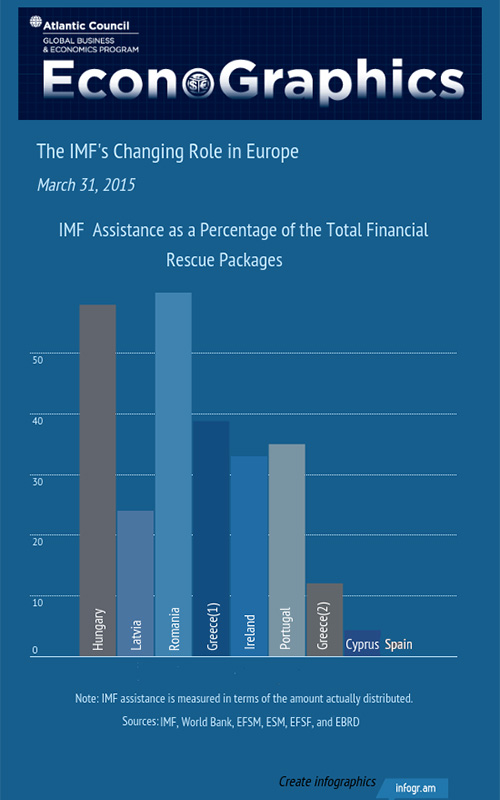The International Monetary Fund’s purpose and scope of work have changed since its founding after World War II. Whereas at first the Fund aimed to maintain monetary and exchange-rate stability among its members who were primarily advanced economies, today it faces its first credible challenge to its status as the world’s lender of last resort.

The European crisis has underscored this development. The IMF’s role in Europe has decreased over the last decade; since the start of the Great Recession, culminating with zero IMF involvement in the Spanish assistance package (Latvia is an exception due to the relevant bilateral contributions of neighborhood countries such as the Nordics, the Czech Republic, and Poland). This phenomenon is partially explained by increasingly stronger and better European institutions which were developed in the aftermath of the financial crisis. However, it might be also representative of a larger trend with more regional financial arrangements have been set up, including the BRICS Bank and the Asian Infrastructure Investment Bank. Some countries have also turned to bilateral loans from strong emerging economies, agreements marketed as less-strict alternative lending sources for countries in crisis.
In 2010, the world agreed to expand the IMF’s lending power and readjust its voting rights to better reflect modern economic realities. These reforms, however, have yet to take effect because the US Congress has not approved increasing the United States’ contributions to the IMF’s lending capacity.
Source: http://ec.europa.eu/economy_finance/assistance_eu_ms/index_en.htm